

Carl Barks
subscribed to the National Geographic Magazine for the greater
part of his life. From these he gathered a lot of the information
that he needed for his comic books. As he was only abroad three
times in his entire life, he found the magazine extremely useful
when drawing the long adventures in which the ducks travelled to
far-away and exotic places like Persia, Egypt and India.
In the beginning, Barks to some extent copied the photographs he
found, but later they created a basis for his naturalistic and
lifelike drawings in the comics. Below is a small collection of
Barks' drawings accompanied by examples of pictures that inspired
them.
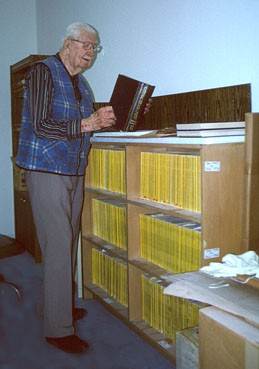 Carl Barks next to some of his beloved National Geographic Magazines |
 |
The National Geographic Magazine was aware of their prominent reader which resulted in a short feature in its US-issue for June, 2002. Here follows a small portion of the article: |
| Did Donald Duck read the Geographic? No. But
to Carl Barks, who drew the popular Donald Duck comics
from 1942 to 1966, our magazine was a major source of
inspiration and information. 'Without question, National Geographic was the single favorite source for the duck stories,' says Bruce Hamilton, Barks's friend and publisher of a massive 30-volume collection of the artist's work, The Carl Barks Library. Barks, who died at the age of 99 in August 2000, admitted that he used to 'rob' us. 'It was my best reference,' he told a 1983 interviewer. 'If I didn't have something like the Geographic, I wouldn't have any means of making things realistic.' |
|
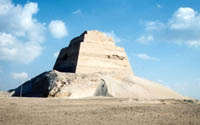 The pyramid at Maldum |
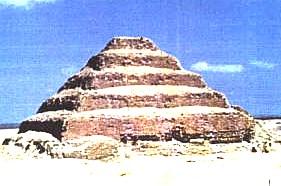 Djoser's Pyramid |
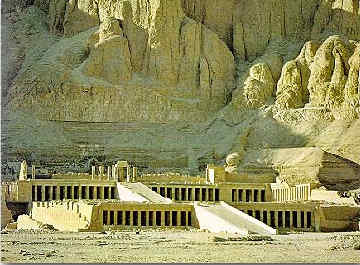 Temple of Hat-Shepsut |
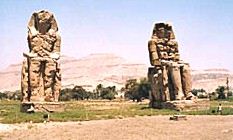 Colossal of Memnon |
| In FC0029 The Mummy's Ring Barks filled his panels with real sites from Egypt. | |
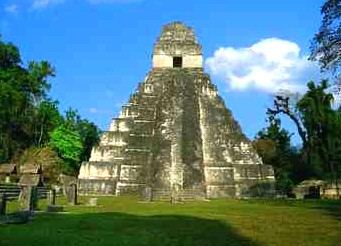 Mayan temple ruin |
U$44 Crown of the Mayas |
| Barks had his ducks travel to numerous countries. Though he had never really been to these places, he could always count on assistance from the National Geographic Magazine in order to make the drawings come out realistically. | |
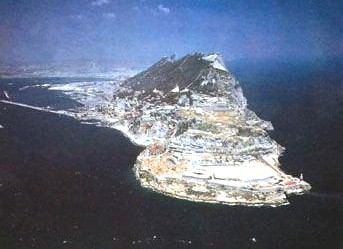 Rock of Gibraltar |
FC0275 Ancient Persia |
| Observe the drawn image in which Barks even depicted the nearby marina area. | |
 Winged Lion with human head |
FC0275 Ancient Persia |
| Another story which takes us back in time is also filled with images from the past. This is just one of them. | |
But Carl Barks had a great variety of sources for his backgrounds besides the National Geographic Magazine:
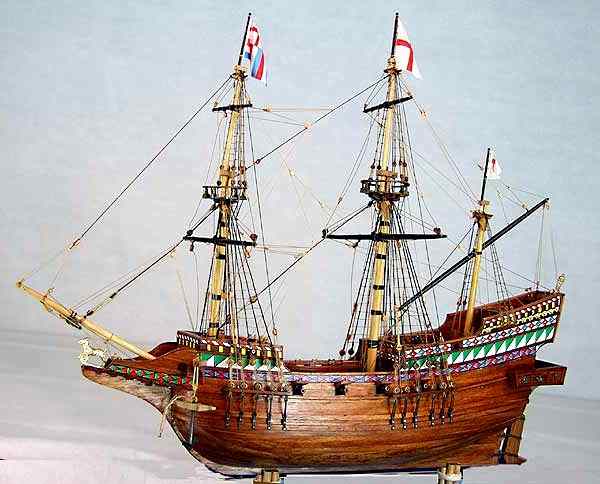 Golden Hind |
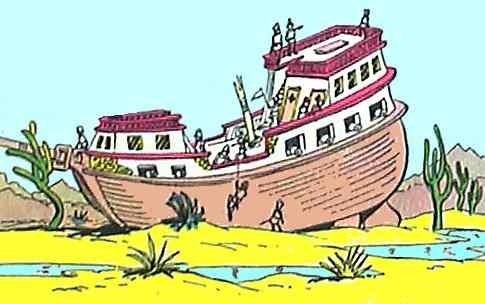 U$07 The Seven Cities of Cibola |
| When Barks drew his first adventure story FC0009 Pirate Gold he used some of the nautical books in The Disney Studio's library in order to make the ships come out right. Later on, when he went on to draw Spanish galeons on a number of occasions he used the British explorer Sir Francis Drake's ship Golden Hind a reference. | |
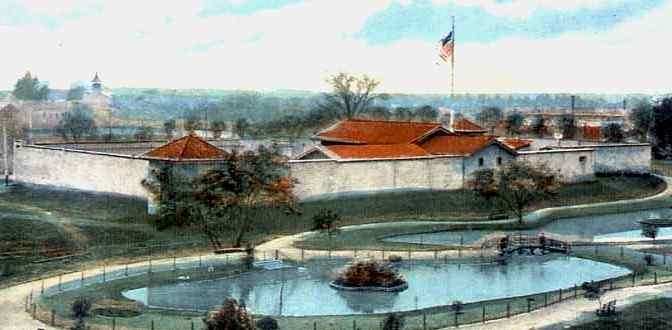 Sutter's Fort at Sacramento, California |
FC0328 Old California |
| In a great number of ten-pagers Barks would draw locales that were very familiar to him because he lived in the same sort of surroundings. Even an adventure story was filled with locales from his own 'backyard'. | |
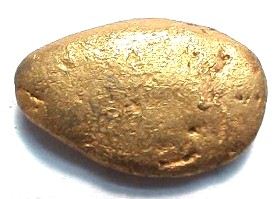 Similar nugget of the same shape |
FC0456 Back to Klondike |
| Gold rush photographer Ethel Anderson Becker's book from 1949 contained a photograph of a 2,180gr egg-shaped gold nugget which inspired Barks to a story in 1953 and a Goose Egg Nugget painting in 1996. | |
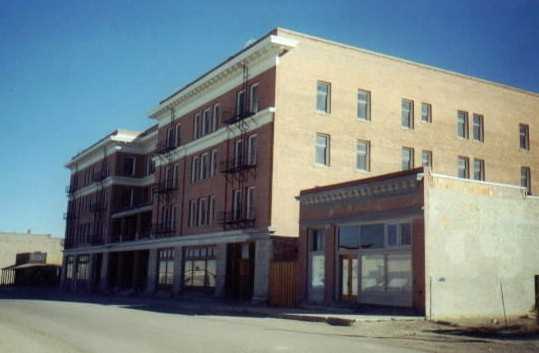 Goldfield Hotel Nevada |
U$56 Mystery of the Ghost Town Railroad |
| Once - during a trip in their car - Barks and his wife passed by a certain hotel in Nevada which was said to be haunted by a girl and her newborn baby who had both been killed. That was all Barks needed to dream up a story about a ghost infested hotel. | |
Prince Valiant October 7th, 1951 |
FC0408 The Golden Helmet |
| Barks was always very fond of the drawings in Prince Valiant by Hal Foster, whom he actually met at a few occasions. At one point he was completely taken by a panel showing a rugged coastline and a ferocious sea and he decided to make his version of the same panel. | |
| http://www.cbarks.dk/THEBACKGROUNDS.htm | Date 2002-12-14 |